How To Make a Closet Work to Store Your Home Theater Equipment
Some people want their AV gear to be the center of attention. Some folks like their gear to be heard and not seen, whether because of space considerations, flashy lights, or aesthetics. But what if you have a space, say a closet, available? Do you think that will work? Today, we ask how to make a closet work to store your home theater equipment. Let’s talk about it.
Before You Begin…
Ok, Hoss, you are excited to start, but let’s get practical. Even though you can do something, it still needs to make sense. Let’s take a moment to think this through and do some planning. Here are some of the basic things I would consider before moving my gear.
How Close Is It?
The primary consideration is how close my gear is to my display and speakers. You need to be able to connect your display and speakers to your AV receiver, and the further away it is, the longer the wires need to be. And the longer the cables, especially HDMI, the more costly the build becomes. Running an HDMI is not expensive if your closet is reasonably close (under 30′). But once you start to increase that distance, you will need to consider active HDMI cables, which are considerably more expensive. But this leads me to my next question…
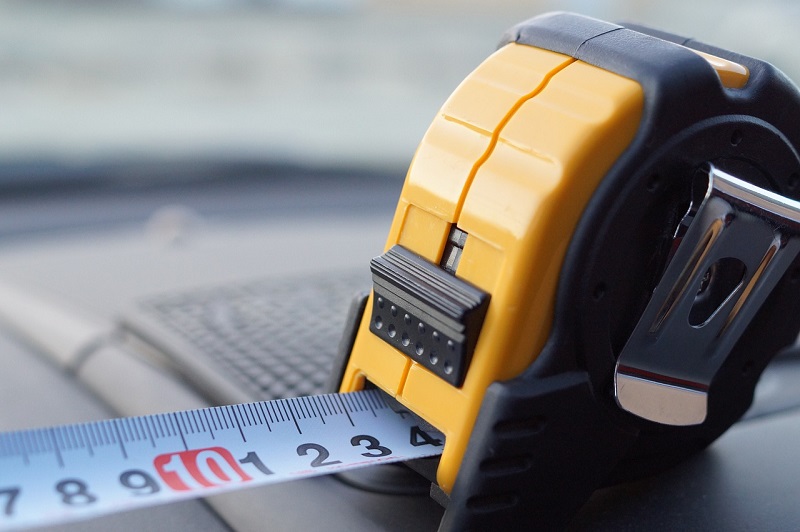
Are The Walls/Ceiling Open?
If you are going through the hassle of moving your gear to a closet, assuming you will be running the cables inside the wall and hiding them is reasonable. As someone who a) considers themselves handy and b) owns a wire puller, I can tell you that pulling wire takes work. I know that if you watch YouTube tutorials, they show DIYers using a long, flexible drill bit to bore through walls to easily get to the termination points.

But what they need to discuss is the stuff that is between you and your destination. Mindlessly drilling inside your walls means that there are chances you can hit ducts, power lines, water lines, and a whole host of stuff that will be a pain to repair. Getting a professional to do it is the safest way. They have the gear and expertise to do it. But that can be costly.
If you are lucky, you have a drop ceiling, or you have easy access to the space. But that leads me to the next question…
Is There Power?
I have many closets in my house. Not one has a power outlet. Making a closet work to store your home theater equipment is going to require a few outlets. I don’t know about you, but my AV gear needs power and a bunch! Sure, you can use a solution like a power conditioner, or a power bar to meet your outlet needs. But how are you getting the power to it?
No building code in the world allows you to snake an extension cord through your walls to your closet. That is not only dangerous, but it could negate your house insurance. This scenario says you should call an electrician to safely snake a line into your closet and hook it up correctly. Depending on how your panel is configured, you may need to install a higher amperage breaker. Expect a costly bill for this one.

Other Considerations
We have the big stuff out of the way, but there are some other smaller considerations.
How are you controlling your gear? If you choose to use HDMI-CEC, you deserve to experience the absolute frustration it brings. Yes, if you have a simple setup, it will probably work. If you need something with more capabilities, you can try to find a used Harmony Remote or get a Sofabaton X1, that uses IR hub blasters. The alternative is a DIY solution or custom installer option like the Control 4. But be warned, anything that is dealer-installed will charge you for changes to the programming.

Do you know if the closet has adequate ventilation? Heat can kill gear quickly. Stuffing an AV receiver or amps inside a closet with no airflow quickly shortens their lifespan. Luckily, many options exist, like the AIRCOM AC Infinity line of cooling fans. I have been using an Aircom T9 for over three years, keeping my AV receiver nice and cool.
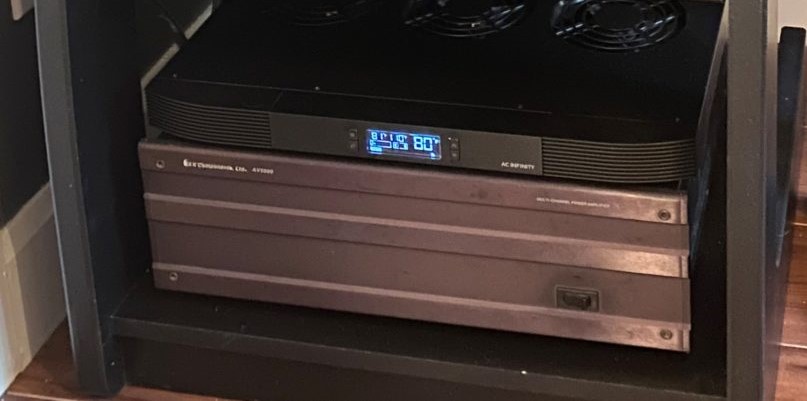
Ready To Begin?
I’m confident that we have all the basics covered. Let’s begin with the easy and cost-effective ways how to make a closet work to store your home theater equipment.
Rip Off The Doors
Ok, ripping off the doors is a bit extreme. How about we remove the doors and the hardware that attached them? Removing the doors will help with ventilation and allow you to showcase your gear a little bit. As AV enthusiasts, we take pride in our stash, so let’s take the time to show it off!
Removing the door hinges/mounting hardware gives the build a cleaner look. You may need to do some repairing to the moldings, but it will be worth it in the end.
And if you need a door to be there, you could get creative and put in a glass door to allow you to see in. That way you can still see all those pretty blue lights!
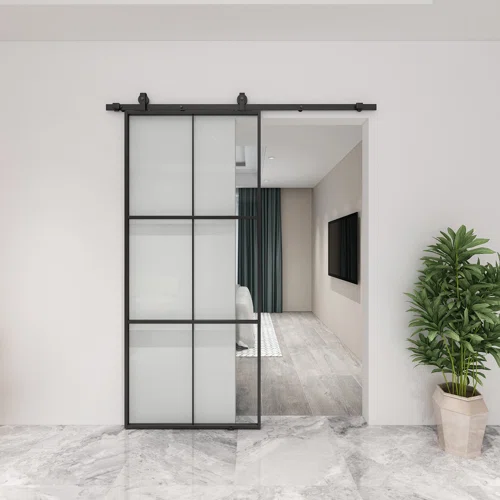
Paint The Interior
Painting is a low-cost way to change up a space. My suggestion would be to paint the interior of your closet black or a very dark grey. It will help the gear to blend into the background, but still give some contrast to the glowing LEDs.
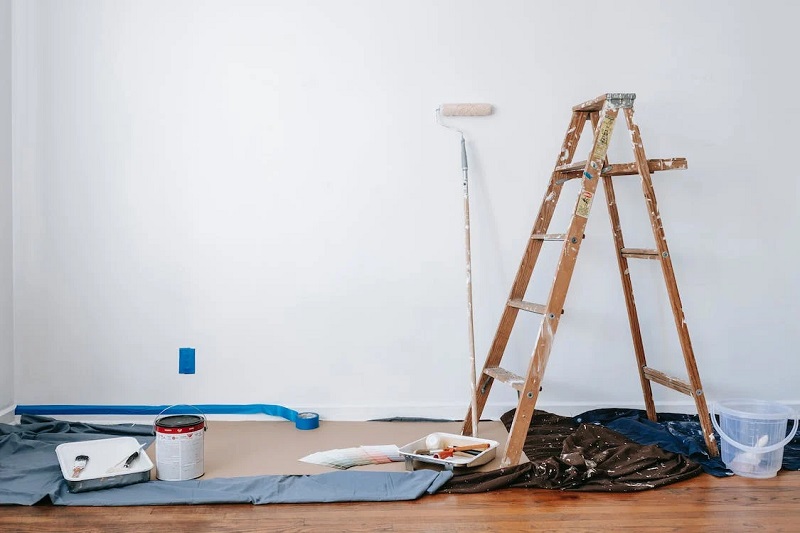
But you could use that closet as an accent of sorts. So please don’t listen to boring ole me. If you feel a bright color is the way to go, go for it!
Add LED Lighting
This suggestion could come off as incredibly tacky, or cool, depending on the application. My entire room is comprised of app-controlled, colored LED lighting, whether it be Govee backlights, or my Philips Hue lighting. This gives me granular control over every aspect of my lighting, meaning I can create any mood I want.
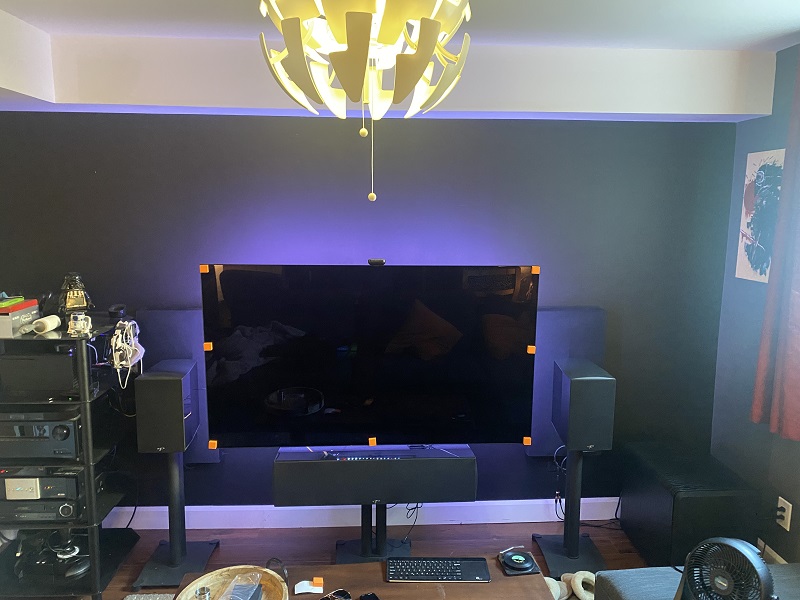
But from a practical standpoint, having some lighting in your AV closet makes sense. You will eventually need to access the ports on your AV receiver. So having some lighting just makes sense.
Add Shelving/Racks
No brainer here. You need to sit AV gear on something. The advantage of being inside a closet is that you can easily add shelving or racks (if space permits). Here is where you can get creative. You could install very simple shelving, ensuring it will take the weight of your gear.
Or you can spend a few more bucks and get a cool AV stand. But if you really want to go all out, you could get a purpose-built AV rack that will allow you to use rack ears to secure your gear into it. An AV rack is NOT cheap by any means. But if you want a cool way to store your gear, rack mounting is up there.
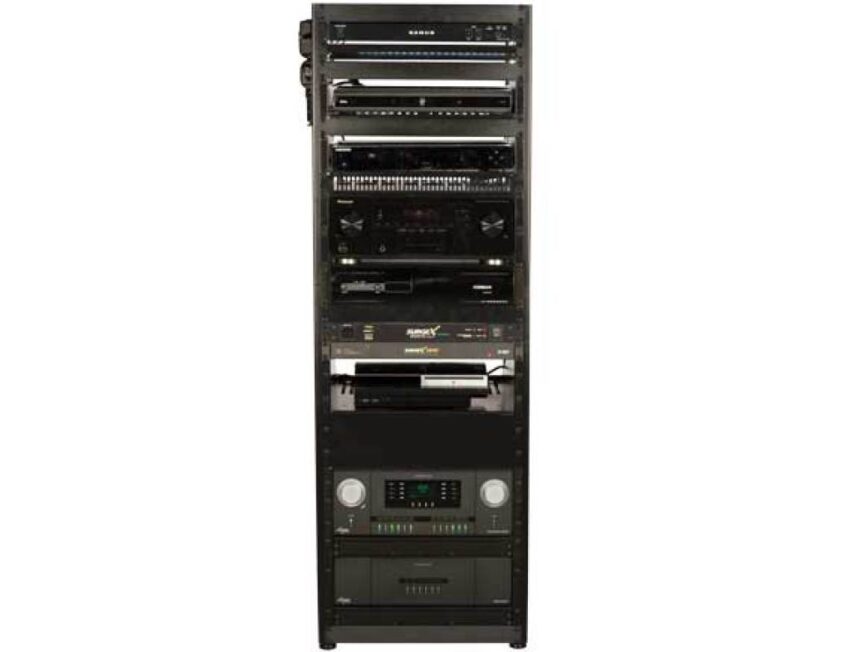
Just remember, no matter your solution, to think about access. At some point you’ll need access to the back of your gear. To that end…
Wire Management
Say it with me kids, wire management! If you just went through all the pains of moving your gear to a closet, we don’t want to see the snake’s nest of wires! The advantage of rack mounting your gear is the wire management aspect.
But even if you are using traditional shelving, take the time to zip-tie your wires and make them as invisible as you can! Wire management is not about having it perfect, it’s about some kind of organization that hides your stuff.


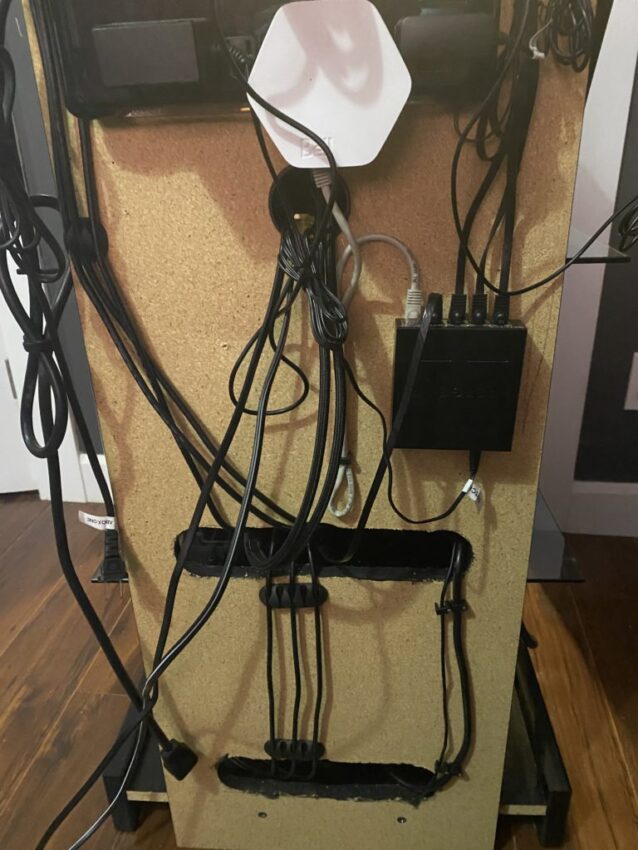
Again, if you are going with traditional shelves, you’ll want to think about how you’ll get wires from one shelf to another. This may require you to drill holes in the shelves or leave some space on one side.
Our Take
Moving your gear to an unused closet makes a lot of sense. It gets the gear out of the way, making space for a bigger screen or subwoofers! All joking aside, not everyone wants to stare at their gear all the time. Hopefully, we gave you some points to ponder before you swing the hammer. Plus gave you some inspiration on how to make a closet work to store your home theater equipment.


